While I am a proponent of drinking champagne throughout the year, there is certainly no more traditional time to celebrate with a glass of bubbly than on New Year’s Eve. And so I present this year’s edition of what has become an annual post – the Quintessential Guide to Champagne 2014. If you’ve ever wondered the how and why of champagne, read on (I’ve tried to tighten up the detailed explanation) and if you’ve visited this discussion in the past, you can hop to the end for some drinking suggestions. And while we may not all look as good as Jacqueline Bisset did with a glass of the good stuff,

we can at least have this much fun.

As you may know, in order to be called Champagne the product must be produced within the boundaries of the Champagne Region in France. This Region was delineated many generations ago and must be adhered to with strict regulations. Therefore, when you look at the prices of Champagne and wonder why they are so high, you must realize all the many factors that go into the making of that final bottle.
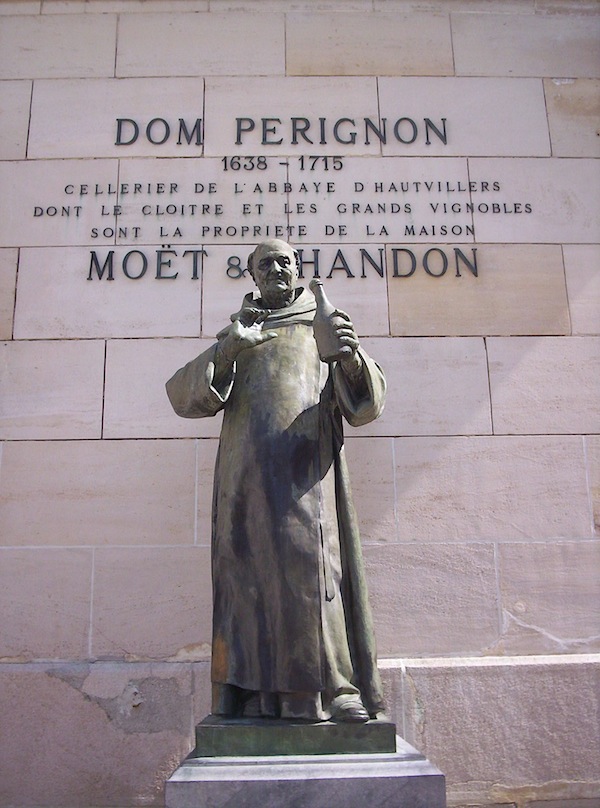 The history of champagne goes back about 300 years thanks to that famous monk above, who discovered by accident the wonders of extra wine fermentation producing those lovely bubbles. The key process in producing Champagne is that SECOND fermentation which occurs in a sealed bottle. The entire process is described below.
The history of champagne goes back about 300 years thanks to that famous monk above, who discovered by accident the wonders of extra wine fermentation producing those lovely bubbles. The key process in producing Champagne is that SECOND fermentation which occurs in a sealed bottle. The entire process is described below.
SELECTING THE CUVÉE (La Cuvée)
The cuvée is the base wine selected to make the Champagne. The most expensive Champagnes are made from cuvées from selected vineyards in the Champagne region, which can be a pure grape variety, such as Chardonnay or Pinot Noir, or a mixture of several grape varieties. If a Champagne is made exclusively from Chardonnay, it is called “blanc de blanc,” white wine from white grapes. Most Champagne is made from mixed cuvees.

THE TIRAGE
After the cuvée is selected, it is bottled with a sugar and yeast mixture and capped. The resulting mixture – the tirage – is placed in a cool cellar (55-60°F), and allowed to slowly ferment. As the yeast consumes the sugar, it produces the carbon dioxide which creates the characteristic sparkle of Champagne. The yeast cells die but the champagne remains in the cellar to age and develop a more layered flavor. Non vintage champagne must be aged for at least 15 months and vintage for a minimum of three years before disgorgement (see below).

RIDDLING (Le Remuage)
After the aging process is complete, the dead yeast cells are removed through a process known as riddling. The Champagne bottle is placed upside down in a holder at a 75° angle. Each day the riddler comes through the cellar and turns the bottle 1/8th of a turn while keeping it upside down. This procedure forces the dead yeast cells into the neck of the bottle. A riddler, shown above, typically handles 20,000 to 30,000 bottles per day. While some premier houses still complete the process by hand, many have moved to an automated machine process.

DISGORGING
The Champagne bottle is kept upside down while the neck is frozen in an ice-salt bath, forming a frozen plug containing the dead yeast cells. The bottle cap is then removed and the pressure of the carbon dioxide gas in the bottle forces the plug out leaving behind clear Champagne. At this point the DOSAGE, a mixture of white wine, brandy, and sugar, is added to adjust the sweetness level of the wine ranging from very dry (ultra brut) to very sweet (doux), with brut being the most common. The bottle is then corked and the cork wired down to secure the high internal pressure of the carbon dioxide.

Many Champagne houses produce ”luxury cuvées,” their best and most expensive wines. Dom Pérignon is the luxury cuvée of Möet & Chandon; Cristal is the pride of Roederer. Bollinger produces R.D. or “recently disgorged” wines. For example, you can purchase a 1982 Bollinger R.D. that was disgorged in April 1991, nine years after being placed in the bottle.
For some classic non vintage champagnes, you can rely on:
Ruinart blanc de blancs (non vintage), the flagship of their house
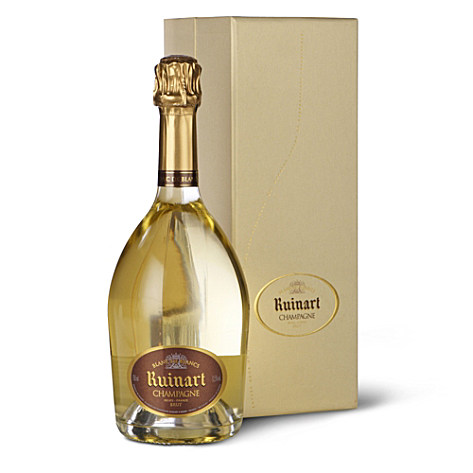
Ruinart Rosé (non vintage)
 Laurent-Perrier Brut non vintage
Laurent-Perrier Brut non vintage

Laurent Perrier Rosé

Louis Roederer brut premier non vintage
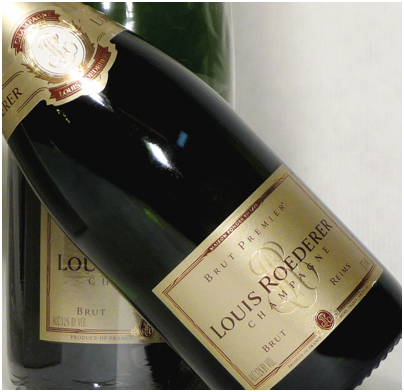
Bollinger Brut Special Cuvée (I served this at Christmas)

Krug Grand Cuvee is a blend of their various vintages and is always a stellar Champagne for the price. The Krug wines commonly display a subtle nuttiness.

Krug Rosé Brut NV

For vintage, the 2004 Dom Pérignon I tasted with Antonio Galloni was just delicious!

The 2006 Louis Roederer Cristal is a big full bottle. Of pinot noir and chardonnay, this could be drunk now but would also be a great addition to your cellar.

For fans of dry champagne, Billecart-Salmon is hard to beat. Their 1999 Cuvée François Billecart is a sophisticated wine in a really great year.
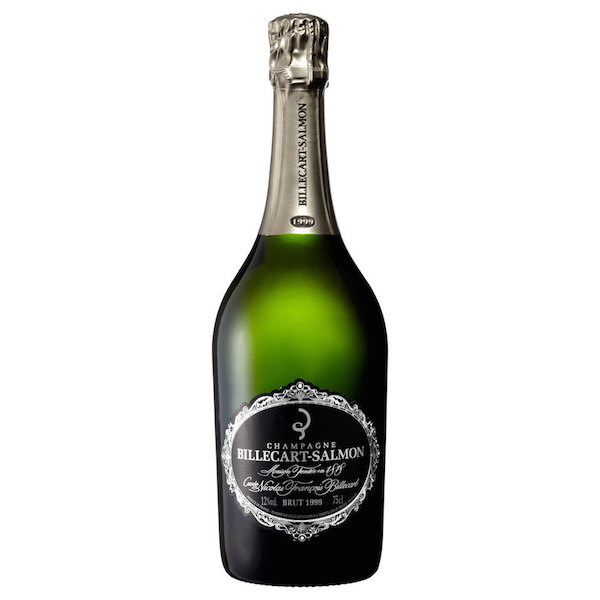
I love the “cashmere” like richness of Bollinger. Their 2004 La Grande Année is a powerful mouthful with a full and balanced blending of fruit and toasty flavors.

So Cheers! I am raising my glass to you, my readers. Here’s to a happy, healthy and successful 2015. May your lives be filled with style and substance.





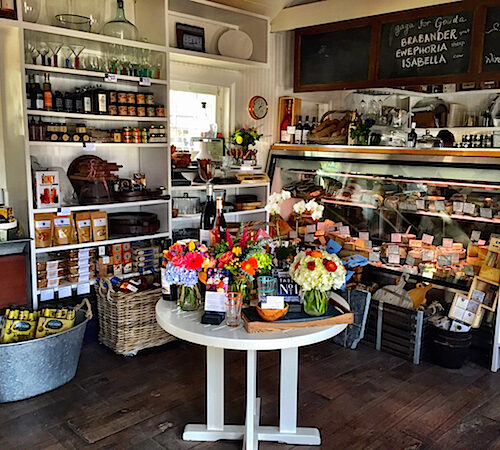


Quintessentially great; as always! Happy New Year wishes to you, Stacey! xo
Stacey, I am continuously impressed with what I learn from your posts. I took a wine class a million years ago and knew a little bit of this, but forgot about the latter part of the process. Champagne is a wonderful area to visit as well. Perhaps I’ll visit again when I can get babysitting for the little one!
Happy new year dear!
I will drink my champagne tonight with much more knowledge. Thank you for another years of tremendous posts; educating, inspiring, and making us laugh.Wishing you many more bubbles in the New Year. Cheers! xo
Dear Stacey,
Cheers to you and thank you for this wonderful information! I learned more than we did on our personal guided tour of the caves at Moet and Veuve Clicquot – although I’m ready to do that again!
Wishing you the best year yet!
All the best,
Trudy
What a gal!! Honestly, you DO IT ALL!! We’re doing “ron-cazapa” tonight..CHEERS and HAPPY NEW YEAR to YOU and YOURS!! franki
We are opening a Billecart-Salmon tonight but the brut rose – I have a thing for pink (no one would ever guess!) and fortunately my husband doesn’t mind. Wishing you a very happy New Year, Stacey!
Phyllis
I’ve been through the Champagne region and was fortunate to have an in depth tour & lesson in Champagnes. Your article is superb and follows all they taught. I’m sad to learn the Riddling is going the way of the machine. I’m going to my little wine nook to pick out a bottle I’ve cellared for a while. Your article has inspired me that “today is the day”! Besides my husband celebrates his official retirement today after 43 1/2 yrs in medicine. Another reason it should be opened! Don’t you agree! Blessings & Cheers!
Dear Stacey, a very informative feature on one of my favorite festive drinks!
You have given us so much over the past year ( along with Susanna) and I look forward to more exciting adventures to come!
Happy New Year and All the Best to you and yours in 2015!!
xoxo
Karena
The Arts by Karena
This is a fabulous entry! Happy New Year
Love the blog!!!! Can’t wait for more in 2015!